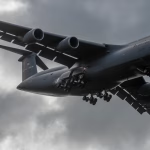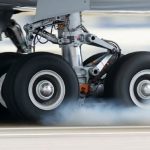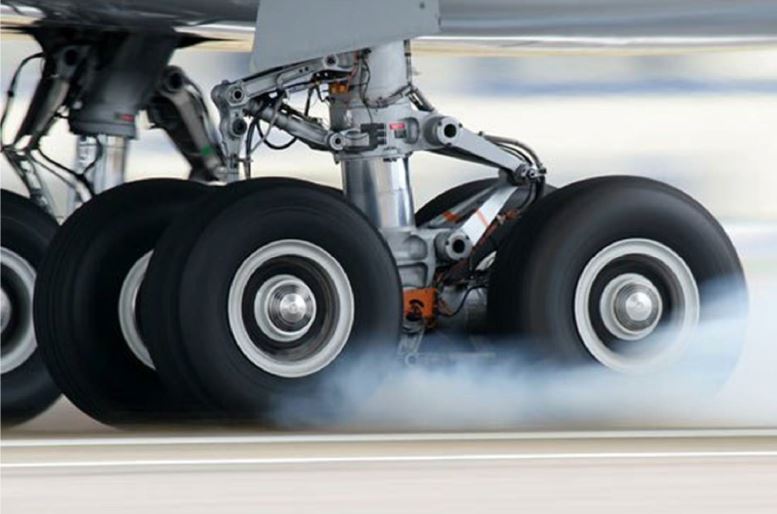Understanding Aircraft Tires
The design of an aircraft’s landing gear and tire system is critical for distributing the plane’s massive weight. Depending on the aircraft’s size and weight, the number of wheels on the landing gear may vary, ensuring the total load is evenly distributed. For example, larger aircraft like the Boeing 747 or Airbus A380 have multiple sets of landing gear, each equipped with several wheels.
Withstanding heavy loads isn’t the only challenge. Aircraft tires are also exposed to dramatic temperature shifts, high speeds, and intense pressures, especially during landing, where friction between the tires and the runway is at its peak. In addition, tires must be reliable during stationary periods, such as parking, where they support the aircraft without shifting or deflating.
The Role of Conductive Rubber
One of the lesser-known, yet crucial requirements for aircraft tires is their ability to safely dissipate electrical charge. This is where conductive rubber comes into play. Aircraft naturally accumulate static electricity during flight due to the friction of air moving over the airframe combined with environmental factors such as thunderstorms or lightning strikes.
Tires made from conductive rubber allow the buildup of static electricity to be discharged into the ground upon landing. Without this feature, electrical charges could pose serious risks to the equipment, fueling processes, and passengers. By incorporating conductive materials into the rubber, aircraft tires act as a grounding mechanism, safeguarding both the aircraft and personnel.
Safety and Performance First
The use of conductive rubber in aircraft tires is not merely an engineering preference—it is a vital safety measure. Combined with precision engineering, this material ensures that aircraft tires can handle extreme conditions while protecting the aircraft from potential electrical hazards.
Moreover, tire manufacturers must adhere to stringent standards for aviation-grade tires, ensuring conductivity, durability, and performance are uncompromised. Without these features, the risks to aviation operations would be considerably higher.
Conclusion
Aircraft tires are far more than durable rubber rings—they are engineered products designed to endure extraordinary pressures, withstand extreme temperatures, and ensure safety. The addition of conductive rubber neutralizes electrical charges and highlights the critical role tires play in the safety of air travel.
Next time you board an aircraft, take a moment to appreciate the science and engineering behind the humble yet powerful tire beneath your feet.





